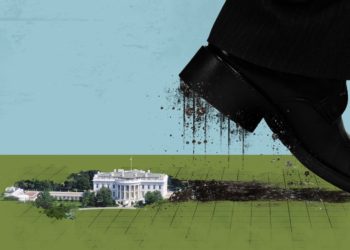The first body washed ashore on Trinidad’s northeastern coast soon after the United States carried out its first strike in September on a boat in the Caribbean. Villagers said the corpse had burn marks on its face and was missing limbs, as if it had been mangled by an explosion.
The tides deposited another corpse on a nearby beach days later, drawing a wake of vultures. Its face was similarly unrecognizable, and its right leg appeared to have been blown off.
The bodies have fueled a mystery that is gripping parts of Trinidad and Tobago, the Caribbean nation that is within sight of Venezuela’s coast: Who were they? Did a U.S. strike kill them? Will more bodies appear on Trinidad’s beaches?
The intrigue lays bare how the fallout from the U.S. military campaign targeting Venezuela has reached Trinidad. In contrast to other Caribbean leaders, Trinidad’s prime minister, Kamla Persad-Bissessar, is explicitly supporting the strikes on boats that U.S. officials say are carrying drugs.
But as the attacks draw claims in Latin America that the United States is violating international law by killing dozens of people who don’t pose an immediate military threat, some in Trinidad are questioning whether Ms. Persad-Bissessar’s hesitance to cross the Trump administration is keeping them from getting answers about the corpses being stored by their government.
“There’s no question in my mind that these men are casualties of war,” said Lincoln Baker, 63, an employee of Trinidad’s water and sewage company in Cumana.
The post Corpses Wash Ashore in Trinidad After U.S. Strikes Nearby appeared first on New York Times.




